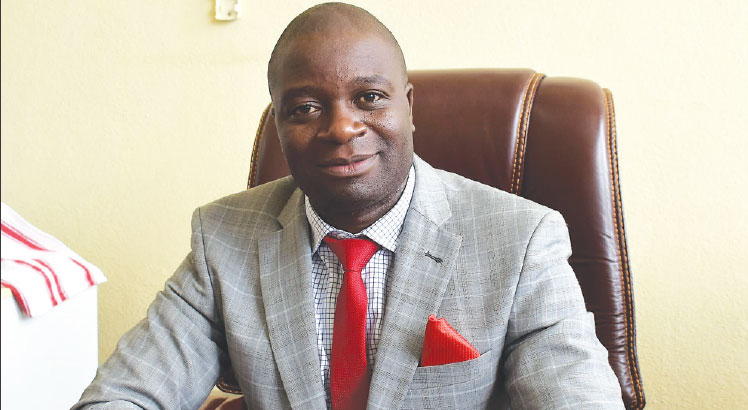Goodbye year of K14bn market fires
The cost of frequent fires shows the prospects of markets remains scary unless lessons from past tragedies herald necessary reforms. JAMES CHAVULA takes stock.
Malawi, the land of flames.
Forget the picturesque crimson sunset skies that gifted the country its unique name among independent nations.
The country was literally on fire in 2015—with thousands of vendors losing goods estimated at over K14 billion as markets went up in smoke in quick succession.
Yes, over K14 billion (about $21.4million), the amount borrowed from the European Investment Bank for upgrading aviation security systems at Kamuzu and Chileka international airports.
The amount may be change for even hugely indebted poor countries, but it can make a difference for many families striving to shed poverty.
Market fires do not burn goods for sale or shops made of wood, cartons, planks, plastics paper and other inflammable materials.
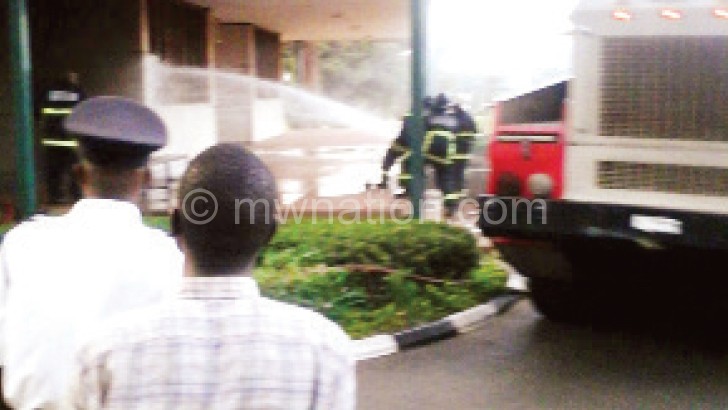
It burns the spines of most resilient and enterprising Malawians determinedly escaping the allure of massive unemployment, widowhood, poverty, drug abuse, risky sexual relationships and criminal activities crippling the country.
This is why it was not uncommon to hear vendors chairperson Emmanuel Munthali speak of “a funeral” and “fatal loss” when Mzuzu Central Market went on fire on October 14 around 9pm.
“We are doomed,” Munthali said. “This is the third fire since April and we don’t know how we will survive.”
Standing in the glowing glow of the fire the city’s director of administration Victor Masina estimated the charred goods to be worth over K1 billion, Mzuzu Mayor William Mkandawire was heard sighing: “Why only Mzuzu?”
This was everybody’s question, except it seems to suggest ignorance of the root cause of the repetitive tragedy and to downplay the unprecedented infernos that hit several markets across the country.

“Six markets have gone up in flames since July,” Muhlabase Mughogho, the spokesperson of the Ministry of Local Government and Rural Development, said.
When we called for a roundup figure of the national loss, she did not have the approximates from affected district councils.
The country may not have the concrete figures, but six fires in six months is a tragedy of no mean proportions. But even more tragic it is that the count somehow understates the problems.
Eight markers have been razed since almost 3 500 vendors at Tsoka Market in Lilongwe had their goods worth over K1 billion destroyed fire on July 2.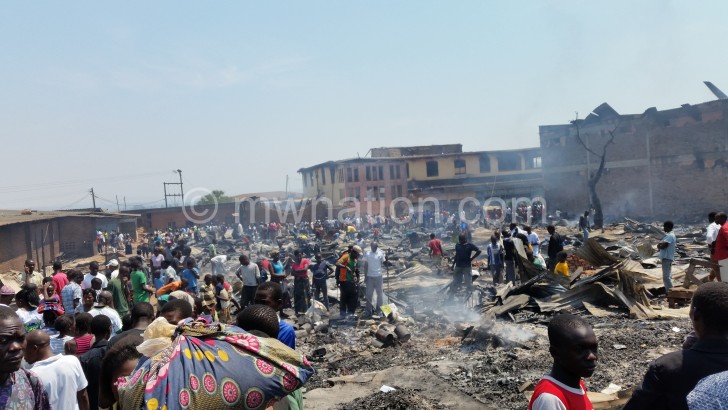
The fire at Tsoka, which literally means ‘a catastrophe’, came just 10 days earlier than a K283 million devastation at Mzuzu’s Vigwagwa on July 12.
Just two days before another section of Vigwagwa caught fire on September 26, goods worth about K100 million were reduced to charcoal, ash, soot and waste at Area 18 in Lilongwe.
Such was the intensity of the market fires that October will go into history as the worst month to the traders struggling to make a living.
Remember the October 3 fire over Kasungu Market, the catastrophe that brought down businesses estimated at K10.3 billion, according to the municipality ‘s publicist Martin Kadyakapita.
Remember the bonfire that left nearly 200 vendors mourning goods no less than K250 000 in Mzimba.
Recall the Mzuzu fire Masina billed at more than a billion shortly before Mwanza submarket was torched as well.
The spate in Mzimba may have proved that fire actually strikes the same place twice, but Mzuzu hogged the limelight because the city had been thrice hit with almost no lesson learnt.
“Mzuzu, which is famed as the ‘Ever-green City’ has become a city of fire,” Zodiak Broadcasting Station reporter Steve Zimba rightly summed it up as the flames roared and leapt from an overcrowded spot of dwarf makeshift structures to neighbouring two-storey shops that night.
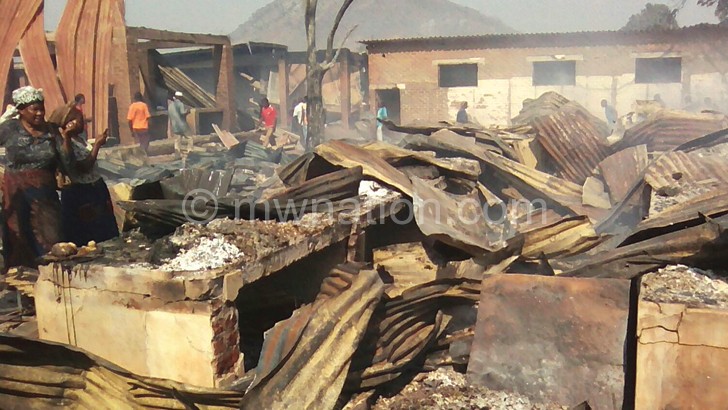
Digging the root
The “Why Mzuzu” moan might have offered a glimpse of the mayor’s shock, but it also shows the cluelessness still plaguing decision makers in high places.
“What is wrong with Mzuzu?” Mayor Mkandawire asked. “The main problem is that the cause of previous market fires is not known. I have been asking for reports, but council officials have not delivered yet.”
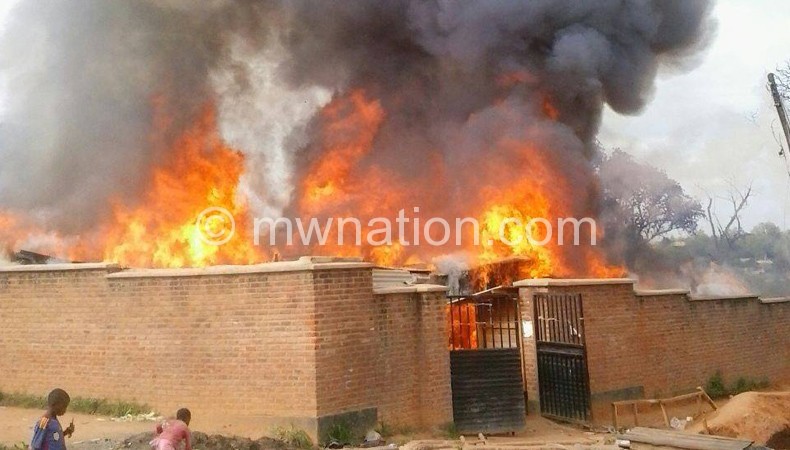
The decried information blackout makes market fires look like a new phenomenon in a country where restaurants and other fire-based are situated at the heart of prone victims.
When the victims of the fires were rising from speculative blame games and asking for the real cause of the tragedy, cabinet ministers were caught in cobweb of conspiracy theories with Minister of Local Government Kondwani Nankhumwa threatening government will nab and deal with the people behind the market fires.
However, it has become a clichè for journalists write about what town – planning scholar Mtafu Zeleza Manda terms one of the “most neglected disaster”.
A senior lecturer at Mzuzu University, Mtafu warns: “Market fires will become a daily disaster unless the country starts confronting the risk factors that are well known and widespread.”
In his evaluation, the risks are not restricted to the flammable building materials that dominate most shops.
“There is need to build market structures in such a way that there are enough spaces to prevent fire from crossing over from one side to another and to allow fire engines to get close to the source with ease,” he suggests. n


